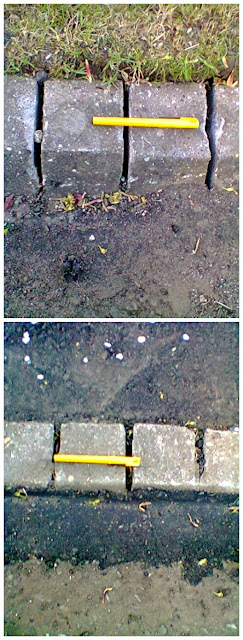I have been using FixMyStreet since May 2013 and can highly recommend it.
I have made 51 reports to the City of Edinburgh Council (CEC) on a wide range of issues, and to date (24-NOV-2014) there are 17 still outstanding, although a few of those were submitted only recently. That equates to a success rate of very approximately 65 percent. To be fair, a handful of the unresolved problems, for instance dog fouling and pavement parking hotspots, are hardy perennials that may never be satisfactorily fixed. Incidentally, perhaps my most memorable FixMyStreet report, because I was on the spot when the incident occurred, was this one sorted in record time by CEC.
For me, FixMyStreet has three major advantages: (1) is the invaluable ability to add as illustration photographs that are routinely blocked by the CEC email server and a hassle to have unblocked; (2) the facility to add updates on any progress thus providing a history; and (3) the online FixMyStreet report can be linked to in emails and on social media and therefore readily referred back to. FixMyStreet is in my view infinitely superior to poorly designed web reporting forms that go unacknowledged and indeed seem to evaporate leaving no trace.
One drawback, however, has been the refusal of some utility companies to accept reports made in this way as FixMyStreet is not recognised by them as an official reporting tool. An example of this from Virgin Media here. Whilst I accept that FixMyStreet is primarily a tool for reporting to local councils, it is frustrating and a real nuisance having to start over from scratch if it is not deemed to be a council responsibility to sort an issue. Compared to FixMyStreet the reporting facilities at certain utility companies are neither state of the art nor easy to use?
FixMyStreet is though merely a reporting tool and not a silver bullet. Seemingly more complex cases, like this one that remains open because I do not know whether the job has actually been completed and ownership of the Lucy box has still not been properly resolved, are however more straightforward to deal with using FixMyStreet.
All in all, I have found FixMyStreet to be an easy to use digital tool that can be effective in getting local issues sorted expeditiously. My comments apply only to the web version of FixMyStreet as I have not used the mobile app.
Footnote: CEC has not yet integrated with FixMyStreet, and is sticking with the proprietory CLARENCE telephone/email/online reporting form setup meantime.





















